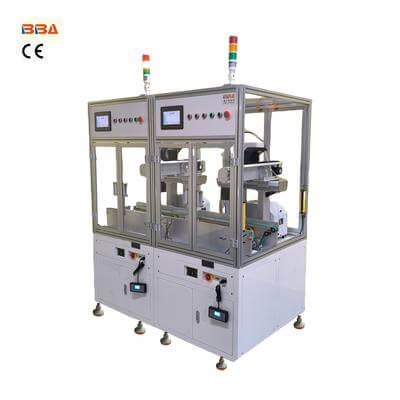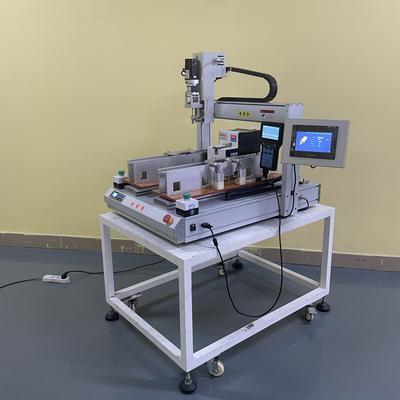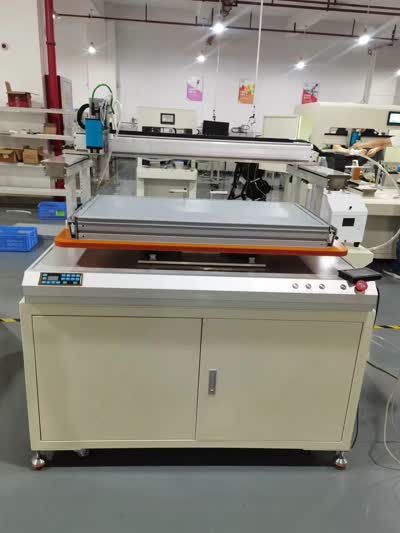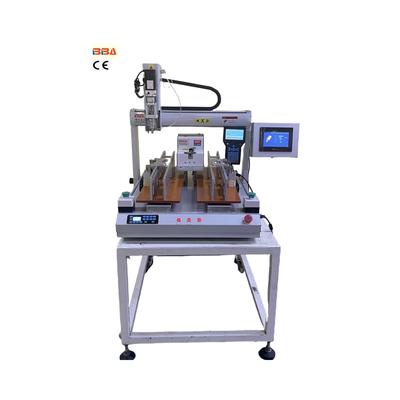Revolutionary Application of 3D Animation in Industrial Automation Assembly Lines | Robotic Screw Driving Technology
| Product Name | Applicable industries |
| Automatic Screw Feeder | Medical Device Manufacturing |
3D Animation Revolutionizes Robotic Screw Assembly Line Visualization
Industrial automation is constantly evolving, and 3D animation has emerged as a transformative tool for designing, testing, and optimizing robotic screw assembly lines. By creating lifelike digital replicas of production systems, engineers gain unparalleled insights into complex mechanical processes before physical implementation begins.
These animations meticulously simulate every component – from robotic arms torque-adjusting screws to precision feeders delivering fasteners – complete with material textures, lighting effects, and motion physics. Technicians can manipulate camera angles to inspect tool paths, identify torque inconsistencies, or visualize material flow bottlenecks in X-ray detail. This virtual prototyping allows immediate adjustments to robot sequencing or fixture positioning, eliminating costly rework during installation.
The workflow begins with CAD model conversion using specialized animation software, where engineers define robotic kinematics and tool interactions. Physics engines calculate collision avoidance paths while pneumatic systems and sensors are digitally synchronized within the virtual environment. Through procedural animation techniques, every screw thread engagement cycle demonstrates real-world variables like vibration compensation and defect detection algorithms.
Key operational benefits include:
- Zero-risk validation: Test production cycles under extreme conditions without equipment damage
- Ergonomic planning: Design maintenance access points and safety zones using human avatars
- Training acceleration: Create interactive simulations for technician certification
- Cycle time reduction: Optimize robot paths to shave seconds per assembly through motion studies
When integrated with digital twin technology, these animations become living models that continuously compare virtual predictions with real-world sensor data, enabling predictive maintenance. Thermal imaging overlays in animations can reveal potential motor overheating points, while AI-driven path optimization algorithms suggest efficiency improvements through iterative simulation.
The future points toward real-time holographic visualization, where maintenance crews access interactive 3D schematics through augmented reality glasses during system repairs. Machine learning will refine animation algorithms using historical production data, automating the detection of micro-inefficiencies in spindle rotations or fastener feed timing.
From concept to operation, 3D animation transforms robotic screw assembly lines from mechanical puzzles into digitally mastered processes. It bridges the gap between engineering intention and mechanical reality, ensuring precision installations while condensing months of physical prototyping into days of computational refinement – a quantum leap for automated manufacturing excellence.



